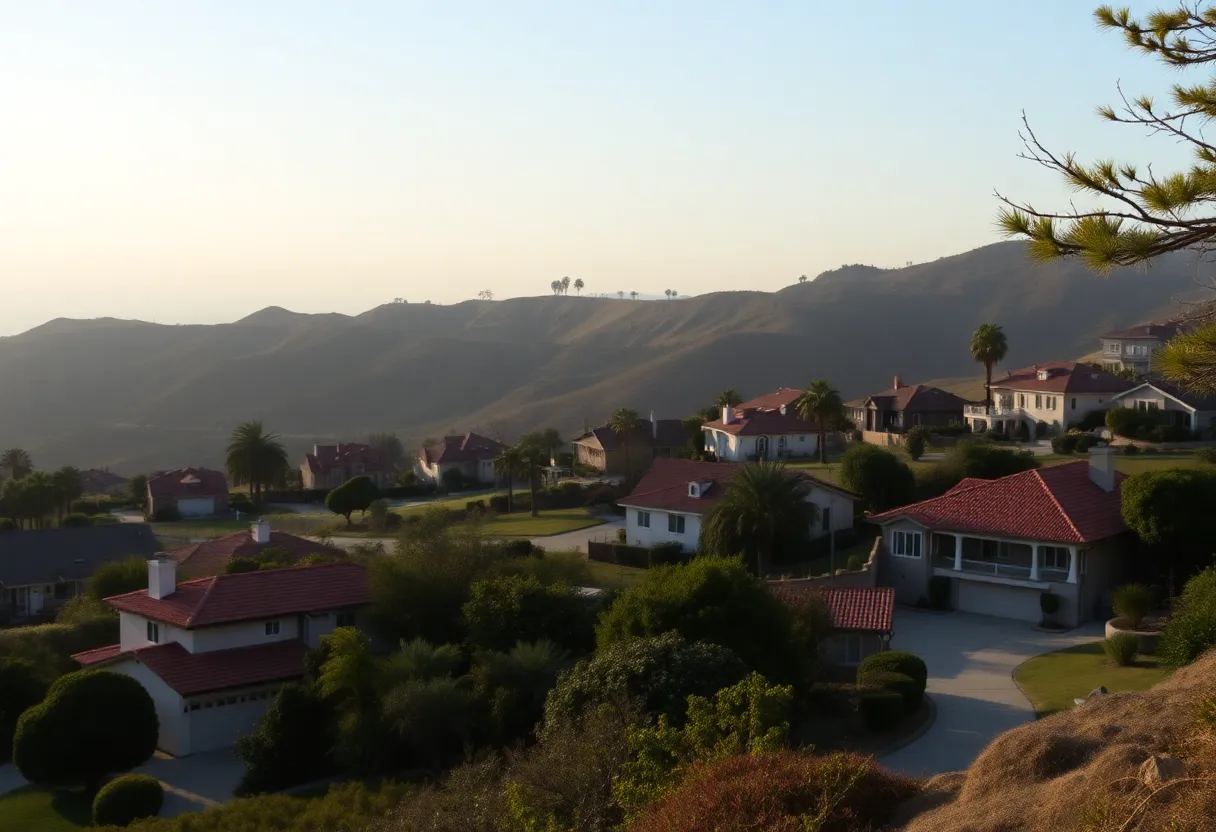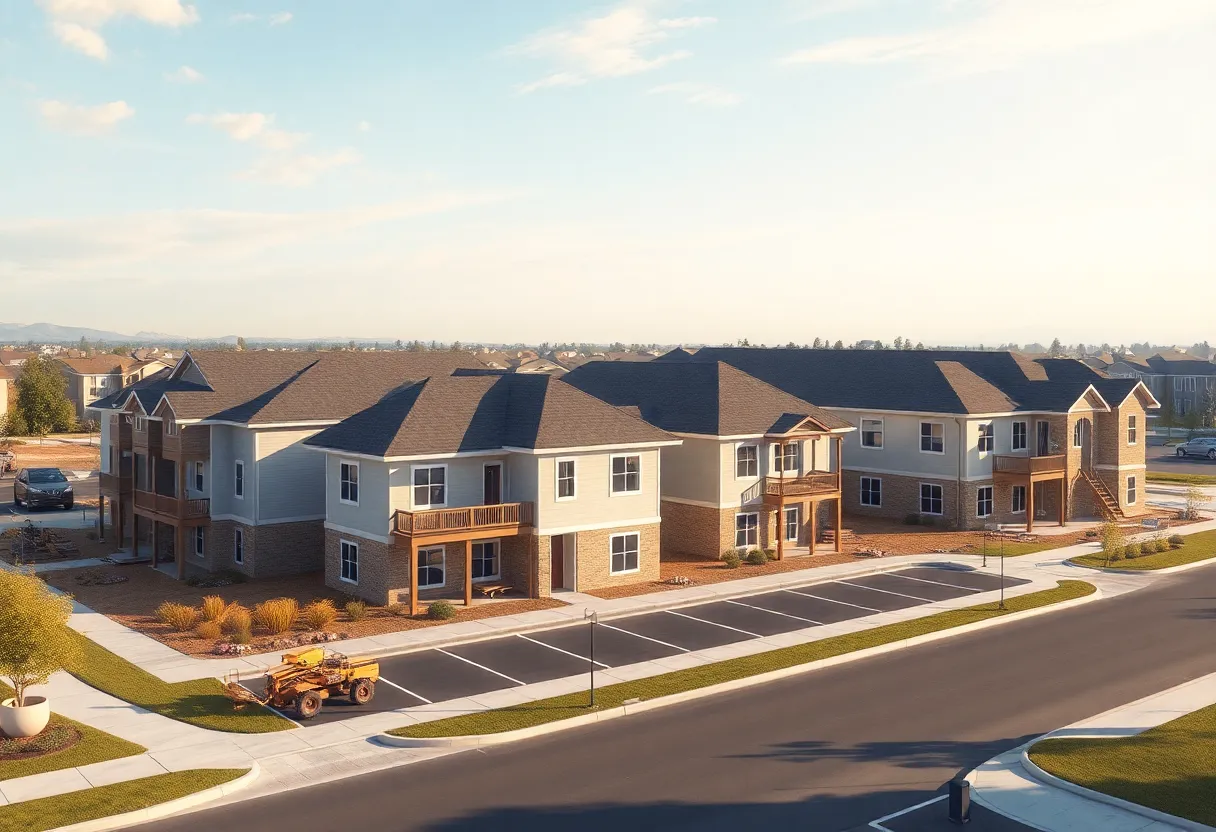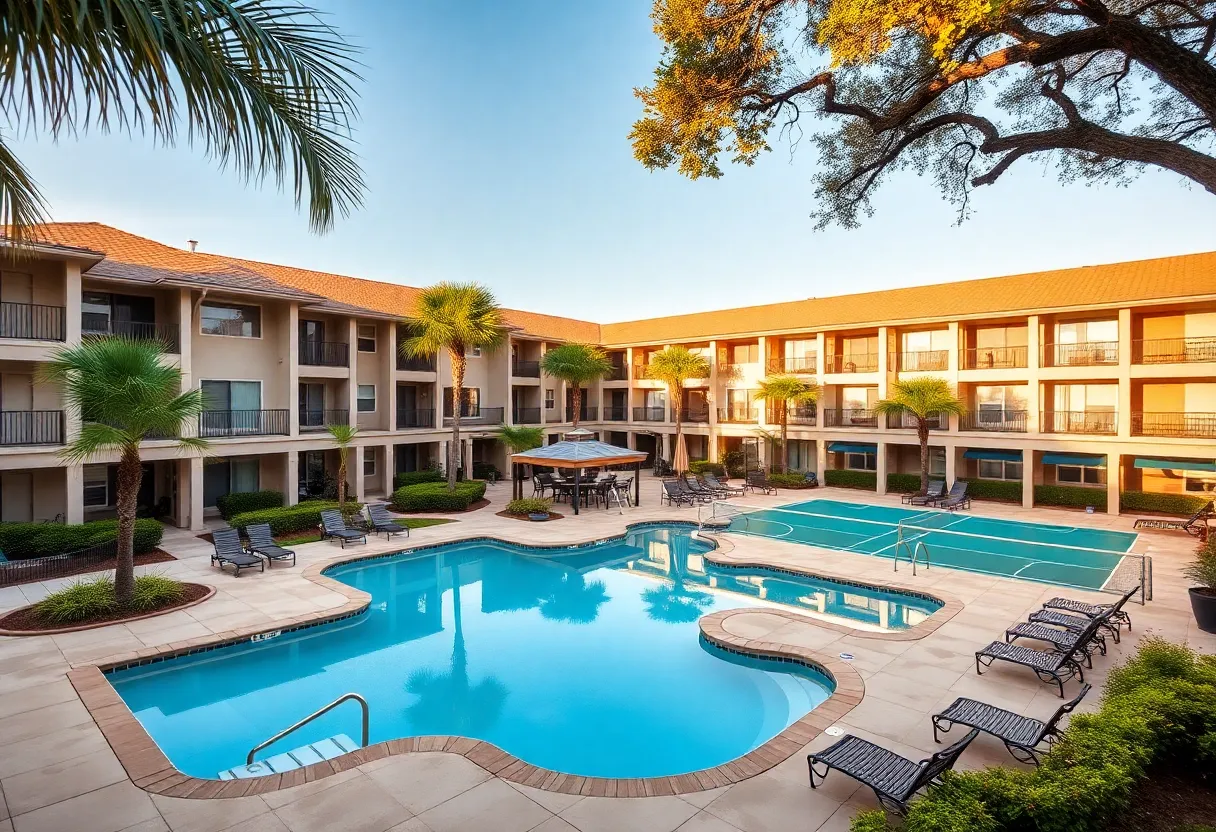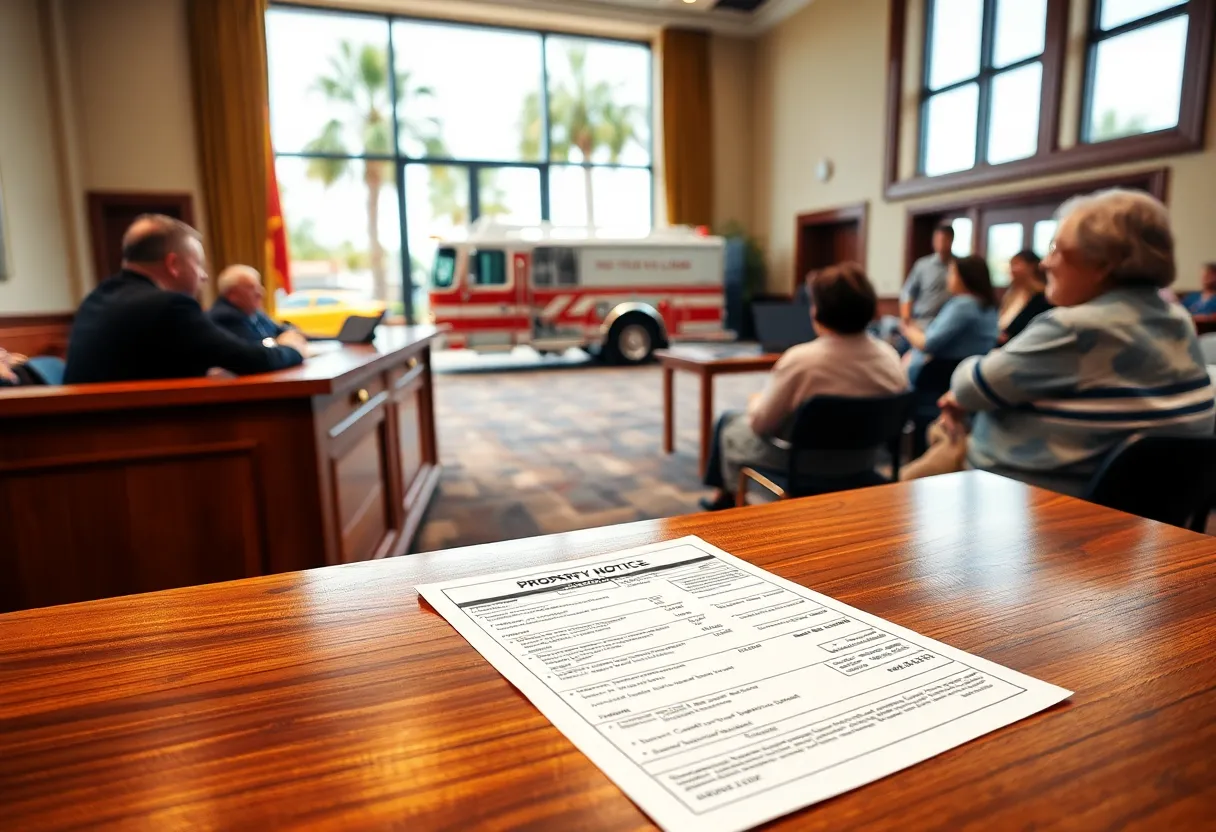Rancho Palos Verdes, August 12, 2025
News Summary
Rancho Palos Verdes is taking significant steps to enhance public safety by permanently prohibiting new residential construction in landslide-prone areas. Following support from the Los Angeles County Board of Supervisors for a related bill, the city council is set to introduce an ordinance formalizing this construction ban. Residents in these zones may still repair their homes, but concerns of property value impacts linger. As the city addresses extensive landslide damage, this move aims to protect community safety and ensure comprehensive emergency management.
Rancho Palos Verdes moves to permanently ban new construction in landslide areas after state and county action
Rancho Palos Verdes is moving to put a permanent ban on new residential construction and home additions in areas classified as landslide-prone, following recent support from county and state officials for stronger landslide disaster rules. The city council introduced an ordinance that would stop new building in the most at-risk zones while allowing owners to fix or replace homes inside existing footprints.
Key decision and timing
The Los Angeles County Board of Supervisors voted on August 5 to back a proposed state law, Assembly Bill 986, which would formally list landslides as a natural disaster under the California Emergency Services Act. The bill would give places like Rancho Palos Verdes a clearer path to declare emergencies and get state aid after landslide damage. AB 986 cleared the Assembly in June, passed a Senate governmental organization committee in July, and is scheduled for a Senate appropriations hearing on August 18.
What the city ordinance would do
The city council’s proposed ordinance would:
- Prohibit new residential construction and additions in designated landslide areas on a permanent basis.
- Allow property owners to replace, restore, or repair homes only within the existing building footprint.
- Update the boundaries of the landslide complex to include eight additional properties—seven in the Seaview neighborhood and one in the Portuguese Bend Beach Club.
- Provide a process for owners to apply for exclusion from the landslide regulation area under strict safety criteria.
The ordinance had its first reading recently. A second reading and vote are scheduled for the city council meeting on August 19. If the council approves the ordinance, the rules would take effect 30 days after that vote.
Steps for landslide response and long-term control
Along with the ordinance, the council is starting work to form a new geological hazard abatement district, known as a GHAD, for the Portuguese Bend Landslide. The city plans to issue a Request for Proposals to hire a geologist to produce an engineering report and a landslide abatement plan. Public meetings will follow the report so residents can review proposals for the GHAD, which would allow more flexible and faster land management and repairs than current tools.
Scale of the problem
City officials report two years of unprecedented landslide movement that has damaged homes, roads, and utilities. About 40 homes are marked as red-tagged and uninhabitable, and 38 homes are marked as yellow-tagged for major structural damage. The city is already pursuing mitigation work, including a deep dewatering program designed to remove groundwater that contributes to slope movement.
Why officials say the ban is needed
Officials describe the permanent ban on new construction in landslide zones as a public safety measure intended to reduce future displacement and risk. Support at the county level for AB 986 aims to make it easier to get state support when landslide displacement becomes a local emergency.
Community reaction and economic concerns
The proposed rules face opposition from some homeowners in recently stabilized areas and from owners of undeveloped lots who worry the restrictions will lower property values and harm the local market. There are also concerns that a strict moratorium could have uneven economic impacts on affected families and landowners.
Background and past actions
The current landslide complex traces back to a historical failure that reactivated in 1956 after construction. The city has used similar development limits in past emergencies, but those measures were weakened over time by lawsuits and by carved-out exceptions. The new ordinance aims to tighten those rules to avoid repeating past weakening of protections.
Next steps
- State: AB 986 moves to a Senate appropriations hearing on August 18 for funding review and final steps.
- Local: City council vote scheduled for August 19; new rules would take effect 30 days after approval.
- Technical: City will seek geologic studies, prepare an abatement plan, and hold public meetings on forming the GHAD.
Frequently asked questions
What does the proposed city ordinance ban?
The ordinance would permanently prohibit new residential construction and additions in designated landslide areas, while allowing repairs or replacements within an existing home’s footprint.
Can homeowners still fix or rebuild their houses?
Yes. Property owners may replace, restore, or repair homes, but only within the building’s existing footprint and subject to city safety rules.
How can a property owner get excluded from the landslide rules?
Owners can apply for exclusion, but the process is strict and requires meeting safety-related criteria established by the city and geologic review.
What is a GHAD and why is the city proposing one?
A GHAD is a geological hazard abatement district that can manage landslide risks and fund ongoing maintenance and mitigation. The city says a GHAD would allow faster, more flexible action to protect slopes and infrastructure.
What state action is linked to this local move?
Assembly Bill 986 would classify landslides as natural disasters under state law, making it clearer when state disaster assistance is available for landslide-related displacement. The county supervisors supported this at a recent vote.
How many homes are currently unsafe because of the slide?
About 40 homes are red-tagged as uninhabitable and 38 homes are yellow-tagged for major structural damage, according to city reports.
What happens next on the timeline?
The city council vote is set for August 19. If the ordinance passes, rules would go into effect 30 days later. AB 986 faces a state appropriations hearing on August 18.
Quick reference chart: Key features and status
| Feature | What it means | Current status / numbers |
|---|---|---|
| Permanent construction ban | No new houses or additions in landslide zones | Introduced; vote Aug 19; takes effect 30 days after approval |
| AB 986 (state bill) | Classify landslides as natural disasters for state aid | Supported by county Aug 5; appropriations hearing Aug 18 |
| Boundary updates | Adds properties to the landslide complex | Eight more properties included |
| Tagged homes | Homes deemed unsafe or damaged | About 40 red-tagged; 38 yellow-tagged |
| Mitigation work | Ongoing technical projects to reduce slide risk | Deep dewatering program in progress; GHAD study planned |
This report summarizes local planning and state-level steps underway to address an active landslide complex that has caused significant damage and displacement. For homeowners and interested residents, the most immediate dates to watch are August 18 for the state appropriations hearing on AB 986 and August 19 for the city council vote on the ordinance.
Deeper Dive: News & Info About This Topic
Additional Resources
- Los Angeles Times: Rancho Palos Verdes Development Ban in Landslide Zone
- Wikipedia: Landslide
- Daily Breeze: Rancho Palos Verdes to Ban New Construction in Landslide Area
- Encyclopedia Britannica: Landslide
- Patch: RPV Officials Look to Ban New Construction in Landslide Zones
- Google Search: Rancho Palos Verdes landslide
- The Architect’s Newspaper: Rancho Palos Verdes Ban on New Construction in Landslides
- Google News: Rancho Palos Verdes landslide moves
- CBS News: NASA Mapping Rancho Palos Verdes Landslide Movement





